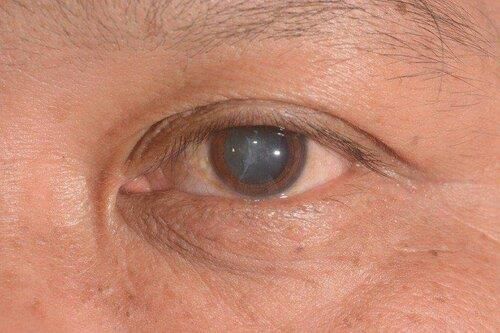|
Which eye condition is characterized by the lens becoming opaque, resulting in reduced vision? |
Card: 1 / 26 |
|
The iris controls the size of the pupil, which regulates the amount of light that enters the eye, thus affecting vision in varying light conditions. |
Card: 4 / 26 |
|
False. Rod cells are sensitive to dim light but do not detect color; cone cells are responsible for color vision. |
Card: 6 / 26 |
|
The cochlea converts mechanical vibrations into electrical signals through sensory cells, which are then interpreted as sound by the brain. |
Card: 8 / 26 |
|
Fill in the blank: Myopia, also known as ___, occurs when distant objects appear blurred because the lens is too ___ . |
Card: 9 / 26 |
|
The outer ear, consisting of the pinna and auditory canal, collects sound waves and directs them toward the eardrum, initiating the hearing process. |
Card: 12 / 26 |
 Unlock all Flashcards with EduRev Infinity Plan Starting from @ ₹99 only
|
|
Types of sensory receptors explained.
|
Card: 14 / 26 |
|
Riddle: I help you see in the dark and am sensitive to dim light. I am not colorful but help you detect shapes. What am I? |
Card: 15 / 26 |
|
The vestibule aids body balance.
|
Card: 18 / 26 |
|
Fill in the blank: The ___ is the part of the eye that contains both rods and cones, responsible for converting light into nerve impulses. |
Card: 19 / 26 |
|
Eyes adjust to light levels.
|
Card: 22 / 26 |
|
The cochlea, which is responsible for hearing, and the semicircular canals, which help maintain balance. |
Card: 26 / 26 |



























